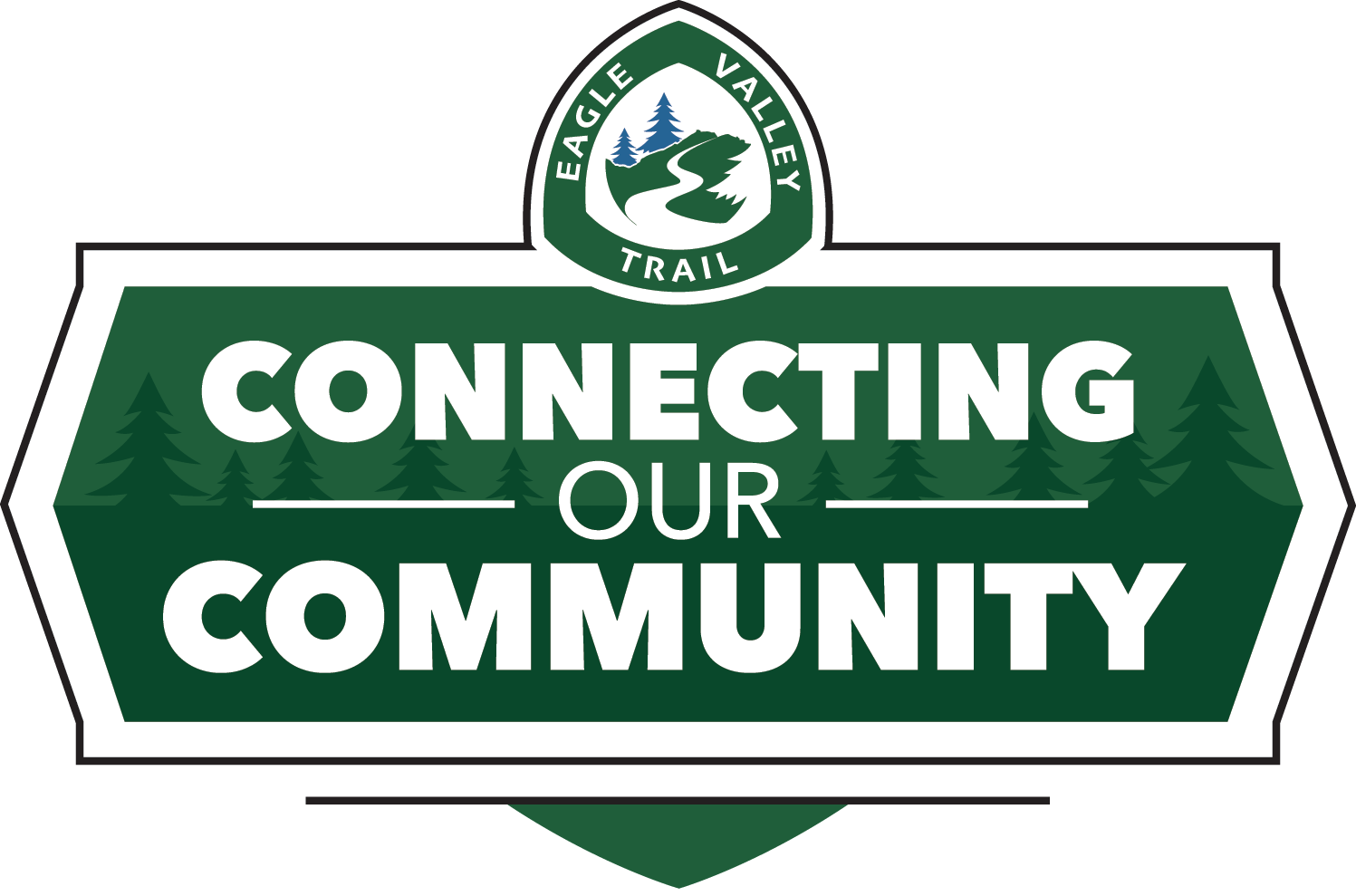The History of the Eagle Valley Trail
The legacy of the Eagle Valley Trail stretches further back than you might realize – all the way to 1940. While many things have changed about daily life since the idea of the trail was born (including the names by which it has been known), one thing has remained consistent: The people who call Eagle County home want to live differently – mindful of nature, sensitive to the needs of wildlife and deeply connected to each other.
1940 - 1973: Vail Trail Pass
Prior to 1940, if you were making the trek from Denver to western Colorado, your only options were treacherous Shrine Pass or the circuitous route over a two-lane country road to Minturn. Charles “Charley” Vail had an idea for a better route – a highway over Vail Pass – that finally broke ground in 1973. A bike-focused community from the start, the residents of Vail advocated for a pedestrian-bike route called the Vail Pass Trail, which is believed to have been the first federally financed bikeway in Colorado to parallel a major traffic artery.
1974 - 1995: National Recreation Trail Recognition
Even in 1974, the Vail Pass Trail was built with prudent ecological practices and with input from the community, which included walking down to the stream, request for turns to slow people down and reducing the number of trees that needed to be cut. From 1977 to 1980, the Vail Pass Trail was funded, and 27 miles of the trail constructed. On August 3, the Heritage Conservation and Recreation Service designated the Vail Pass – Tenmile Canyon Recreation Trail as a National Recreation Trail.
1996 - 2000: The Eagle Valley Trail
The Eagle Country Regional Transportation Authority (ECRTA) was later rebranded as the ECO tax, funding the ECO Transit and Trails programs following the passage of a .5% sales tax to finance mass transportation improvements in Eagle County. Ten percent of revenues from that tax were designated for the development of a countywide trails system. The Eagle Valley Trail was named through a public contest, and from 1999 to 2000 significant portions of the trail were built in Edwards and Avon.
2001 - 2005: Dowd Junction Was Completed
From Dowd Junction to Eagle, portions of the trail were built and funded by the ECO tax, government funds and grants. A pedestrian bridge was constructed next to the vehicular bridge over the Eagle River in Eagle. In Dowd Junction, a challenging portion of the trail was completed, which required 13 retaining walls, replacement irrigation pipes and relocation of the Union Pacific Railroad corridor to make room for the trail. In EagleVail, a spur trail was built in the EagleVail neighborhood along Highway 6.
2006 - 2010: Eagle & Gypsum Are Connected
Additions, new sections and improvements of the trail continued from Gypsum to Vail for the next four years. In 2007, ECO Trails, using ECO tax funds, constructed the 5.4-mile trail segment to connect the Town of Eagle to the Town of Gypsum. This completion created an important connection for commuting and recreation between the two largest towns in the lower valley. Other improvements included the widening of road shoulders near Red Canyon as well as the trail between Squaw Creek Road in Edwards and Wolcott.
2011 - 2013: Multiple Segments Are Completed
2011 was a big year for the Eagle Valley Trail. In Avon and EagleVail, a 2.2-mile segment was constructed using grants from Colorado organizations, town governments and ECO tax funds. In Eagle and Vail, trail improvements were completed, from improved highway crossings to wider shoulders. In 2012 and 2013, the 403-acre Horn Ranch Conservation and Recreation project was a $3.6 million acquisition and is considered an important part of the Eagle Valley Trail. Updates were also made to the 40-year-old Vail Pass portion of the trail.
2014 - 2022: 6.7 Miles are Completed
The Eagle to Horn Ranch project was selected as one of Governor Hickenlooper’s “16 in 2016” target projects. This 6.7-mile section of the trail was completed in collaboration with many organizations and partners. In 2021, a separated paved trail was constructed in EagleVail. The Eagle County Commissioners secured an additional $22 million toward the completion of the Eagle Valley Trail, and in 2022, marketing and fundraising began for the final sections of the trail to be completed by 2024.
2023 - Present: Help Finish the EVT
Over the past two years, work toward the completion of the trail has continued to progress with the building of segments connecting Duck Pond, Dotsero, EagleVail, Minturn and other Eagle County communities completed in 2023. Only one section of the trail remains: Horn Ranch to Edwards. This difficult 7.5 miles is the longest and most expensive of the entire project. With the completion of this portion of the trail, the project that began as the Vail Pass – Tenmile Canyon Recreation Trail will finally be done.
Help us finish the work begun by Eagle County residents so many years ago. Consider showing your support by becoming a “Trailblazer” with a donation to complete the Eagle Valley Trail in 2024.
